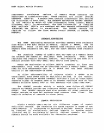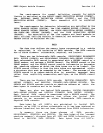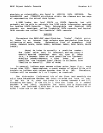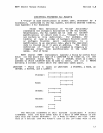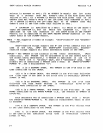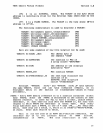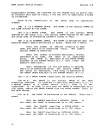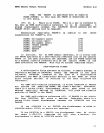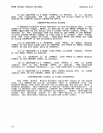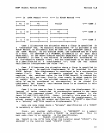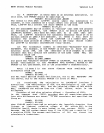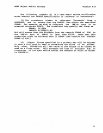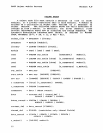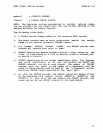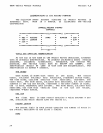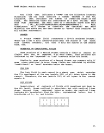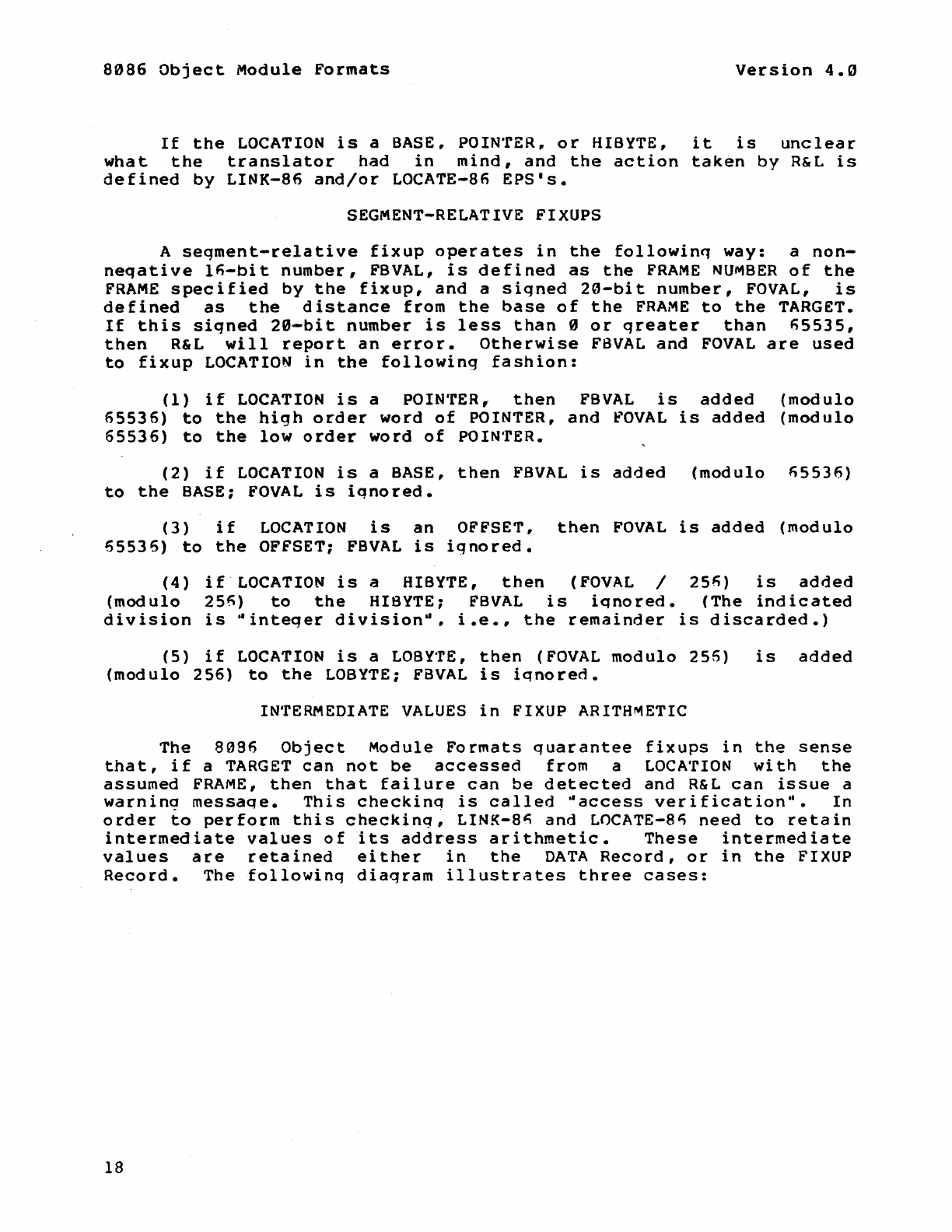
8086
Object
Module
Formats
Version
4.0
If
the
LOCATION
is
a BASE. POINTER.
or
HIBYTE.
it
is
unclear
what
the
translator
had
in
mind,
and
the
action
taken
by
R&L
is
defined
by
LINK-86
and/or
LOCATE-86
EPS·s.
SEGMENT-RELATIVE FIXUPS
A
seqment-relative
fixup
operates
in
the
followinq
way:
a
non-
neqative
l~-bit
number,
FBVAL,
is
defined
as
the
FRAME
NUMBER
of
the
FRAME
specified
by
the
fixup,
and
a
signed
20-bit
number,
FOVAL,
is
defined
as
the
distance
from
the
base
of
the
FRAME
to
the
TARGET.
If
this
signed
20-bit
number
is
less
than
0
or
qreater
than
65535,
then
R&L
will
report
an
error.
Otherwise
FBVAL
and
FOVAL
are
used
to
fixup
LOCATION
in
the
following
fashion:
(1)
if
LOCATION
is
a POINTER"
then
FBVAL
is
added
(modulo
65536)
to
the
high
order
word
of
POINTER,
and
FOVAL
is
added
(modulo
65536)
to
the
low
order
word
of
POINTER.
(2)
if
LOCATION
is
a BASE,
then
FBVAL
is
added
(modulo
~5536)
to
the
BASE;
FOVAL
is
ignored.
(3)
if
LOCATION
is
an
OFFSET.
then
FOVAL
is
added
(modulo
65535)
to
the
OFFSET;
FBVAL
is
ignored.
(4)
if
LOCATION
is
a HIBYTE,
then
(FOVAL /
25~)
is
added
(modulo
25~)
to
the
HI8YTEi
FBVAL
is
iqnored.
(The
indicated
division
is
dinteqer
division
d
•
i.e
••
the
remainder
is
discarded.)
(5)
if
LOCATION
is
a LOBYTE,
then
(FOVAL
modulo
255)
is
added
(modulo
256)
to
the
LOBYTE; FaVAL
is
iqnored.
IN'rERMEDIATE
VALUES
in
FIXUP ARITHI\1ETIC
The
8086
Object
Module
Formats
quarantee
fixups
in
the
sense
that,
if
a
TARGET
can
not
be
accessed
from
a
LOCATION
with
the
assumed
FRAME,
then
that
failure
can
be
detected
and
R&L
can
issue
a
warninq
messaqe.
This
checkinq
is
called
daccess
verification·
l
•
In
order
to
perform
this
checkinq,
LINK-8~
and
LOCATE-8~
need
to
retain
intermediate
values
of
its
address
arithmetic.
These
intermediate
values
are
retained
either
in
the
DATA
Record,
or
in
the
FIXUP
Record.
The
followinq
diaqram
illustrates
three
cases:
18



